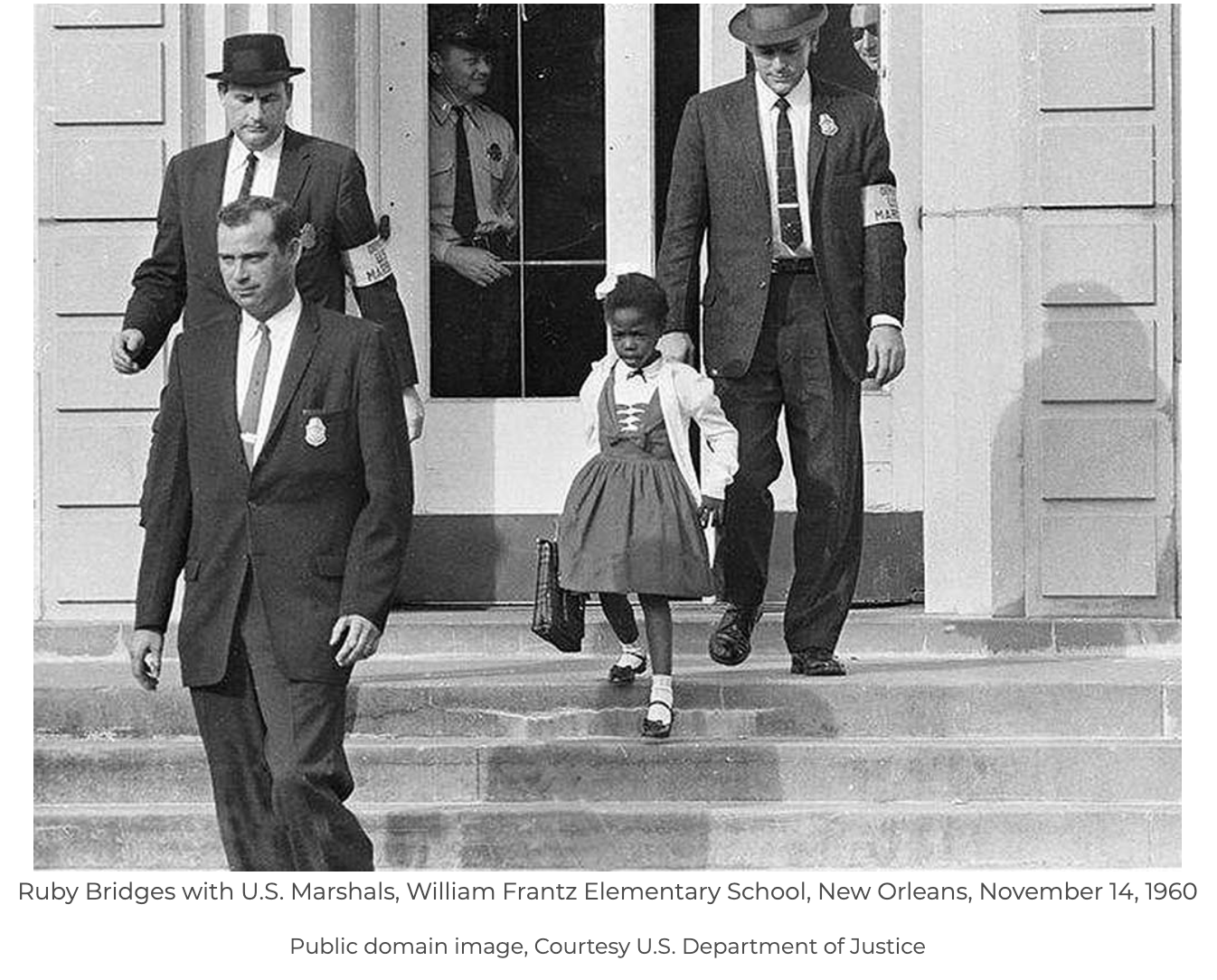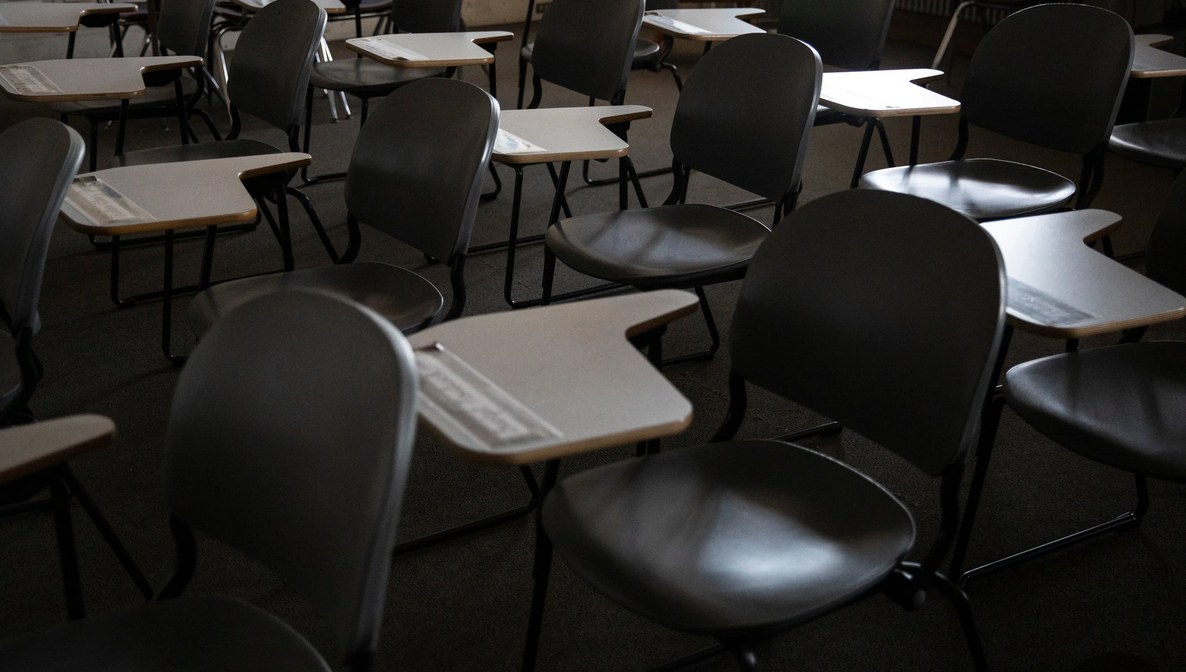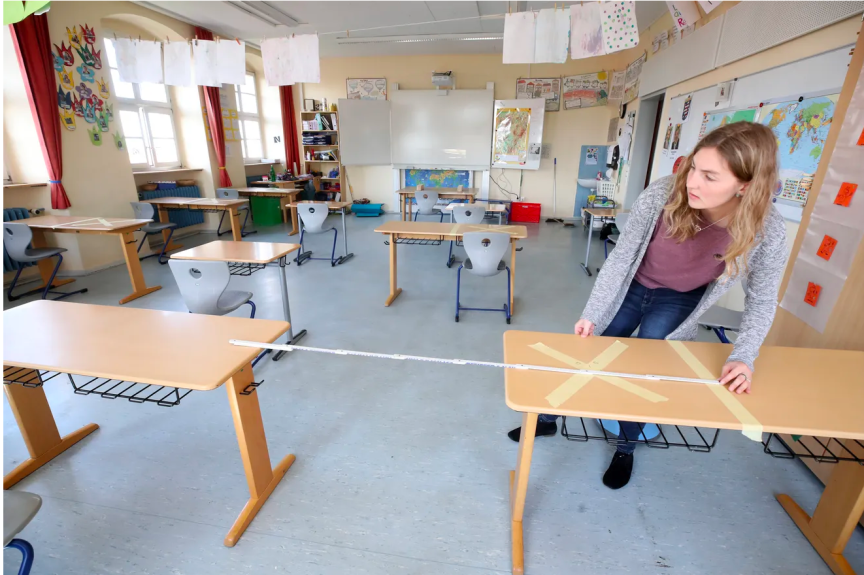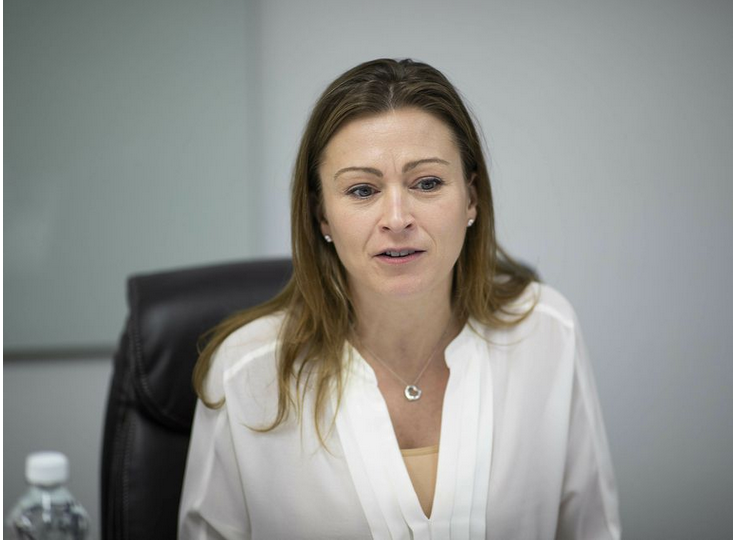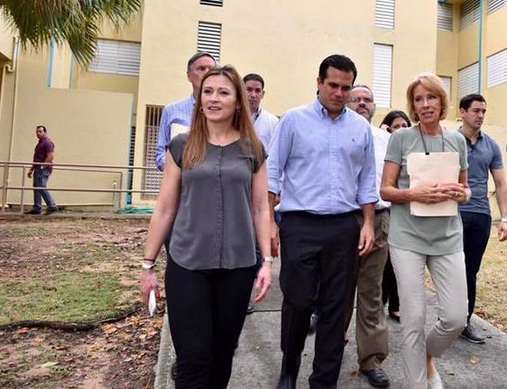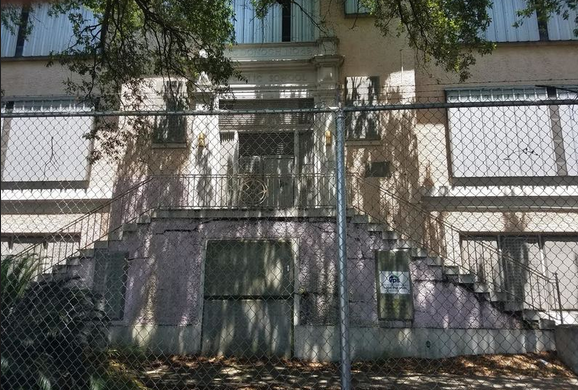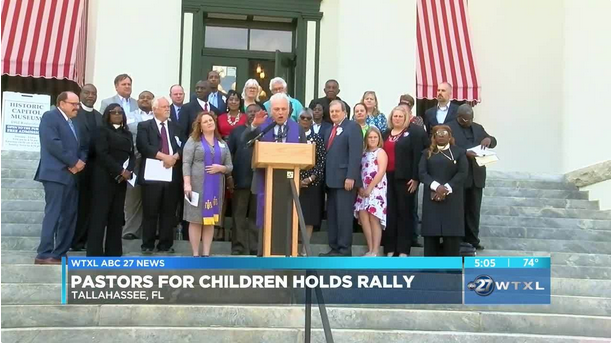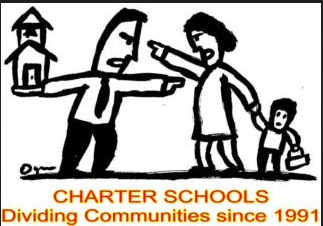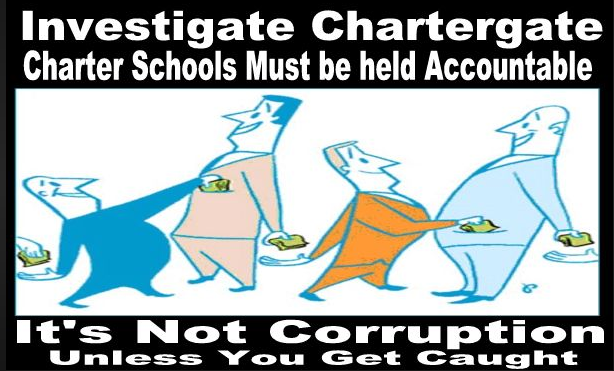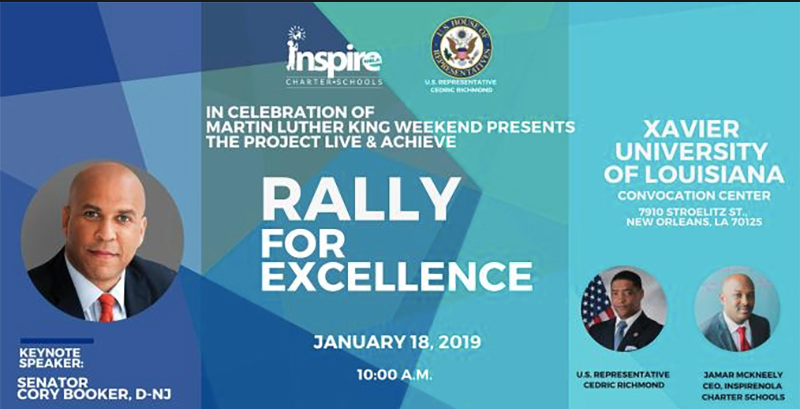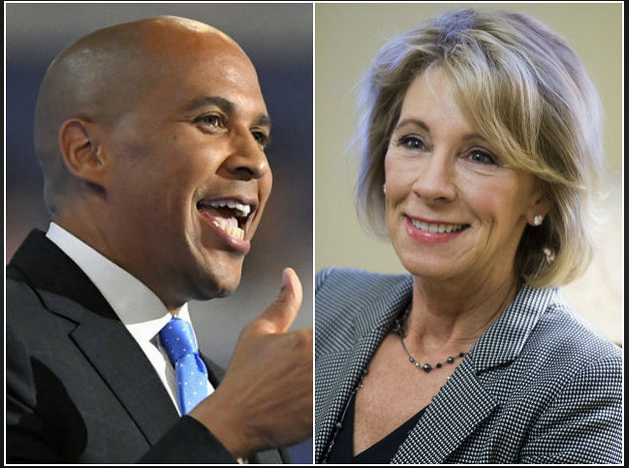Teaching materials in Florida are soon going to look like a redacted statement from a government classified document.

The State Board of Education on Wednesday voted to ban Florida middle school and high school teachers from intentionally teaching students about sexual orientation or gender identity, unless the lessons are part of a reproductive health course or are “expressly required” by the state’s academic standards (miamiherald.com).
While the law will have an impact on some LGBTQ policies in some districts, supporters of the restrictions say the law is aimed at classroom instruction, not conversations about those topics when they naturally come up.
Except…
Pasco County (FL) schools banned “safe space” stickers that show support for LGBTQ students. These stickers often serve as an indication for everyone who enters a space that all identities are welcome and supported. A parent raised the issue, saying, “What exactly is a safe space? Shouldn’t the entire school be a safe space?” (applenews.com). Parents believe with this new rule, such conversations will take place at home.

Joe Saunders, senior political director of the LGBTQ advocacy group Equality Florida, said, “Let’s put it plainly: This is part of the governor’s assault on freedom,” adding the policy will “further stigmatize and isolate a population of young people who need our support now more than ever” (miamiherald.com). Teachers not in compliance with this new law will likely be terminated.
Yes, all schools should be safe spaces. But they’re not. And, all kids who may be struggling with their sexual orientation are not willing to talk with their parents for fear they will be thrown out of the house. That’s one of the reasons safe spaces were created. Without safe spaces for kids, they may have no one to talk to which leads to greater consequences.
Why do schools need safe spaces? Fifty percent of LGBTQ teens (ages 13–17) seriously considered attempting suicide in the past year. And 18 percent actually made a suicide attempt. That’s more than twice the rate of suicide attempts among all US teens, which is 9 percent (newportacademy.com).
LGBTQ youth are not inherently prone to suicide risk because of their sexual orientation or gender identity but rather placed at higher risk because of how they are mistreated and stigmatized in society (thetrevorproject).
- Suicide is the second leading cause of death among young people aged 10 to 24 (Hedegaard, Curtin, & Warner, 2018) — and lesbian, gay, bisexual, transgender, queer, and questioning (LGBTQ) youth are at significantly increased risk.
- LGBTQ youth are more than four times as likely to attempt suicide than their peers (Johns et al., 2019; Johns et al., 2020).
- The Trevor Project estimates that more than 1.8 million LGBTQ youth (13-24) seriously consider suicide each year in the U.S. — and at least one attempts suicide every 45 seconds. (thetrevorproject).
If a safe space could save ONE life, isn’t it worth it? Not in Florida, where another new law was passed in April eliminating the requirement that an individual obtain a permit to carry a concealed firearm in Florida.
Florida values the right to life, but once you’re born, the state will control who you are or can be, what you can and cannot learn about history, what books you cannot read, and what teachers can and cannot say and teach.
After a nineteen-year old murdered 17 people and injured 17 others at Marjorie Stoneman Douglas High School in 2018, a new law raised the age to buy rifles, shot guns and other guns from licensed dealers to 21. But Florida legislators recently introduced HB 1543 which would lower the age back to 18.
Pay no attention to the actual statistics on suicide rates, but value the sanctity of life so much to make it harder for women to make decisions about their own bodies, but easier to buy guns.
In the Bible, The Pharisees paid a great deal of attention to outward ordinances and actions that would make them appear righteous, but they were not as concerned with actually being righteous in their hearts. For this Jesus referred to them as hypocrites.
These are my reflections for today.
April 21, 2023
If you like what you’re reading, please consider sharing and following my blog via email.
Recent publication: William Frantz Public School: A Story of Race, Resistance, Resiliency, and Recovery in New Orleans Connie Schaffer, Meg White, and Martha Graham Viator. Peter Lang Publishing. Available on amazon.com




